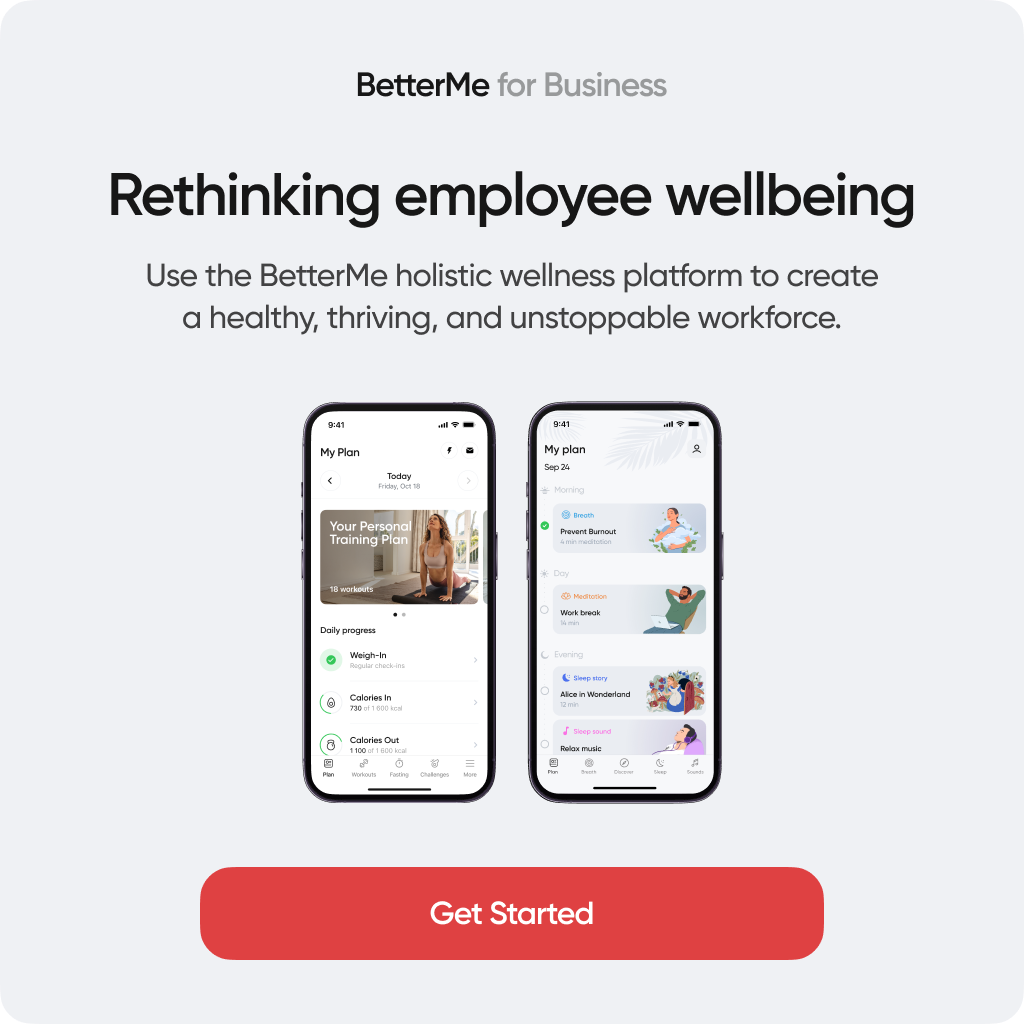It cannot be denied that experiencing burnout at work has increased in the post-pandemic era. Employee burnout decreases productivity and fuels absenteeism, but when managed incorrectly, it can cause the top performers in an organization to leave the business altogether. This potentially creates a never-ending cycle of disruption.
While there may not be a one-size-fits-all solution to dealing with the issue of employee burnout, there are several causal factors that can be controlled with the help of HR professionals—potentially reducing the impact burnout has on both employees and the organization. Let’s now take a closer look at the issue and the strategies HR departments can utilize to reduce employee burnout.
What Is Burnout?
At a time when HR professionals are already burdened with the implementation of new workplace structures such as setting up remote operations, planning for a return to the office, and overseeing health and safety protocols, employee burnout challenges the validity of all these practices with its overarching nature.
In 2019, just a year before the pandemic, the World Health Organization (WHO) categorized burnout as an occupational phenomenon.
The WHO stated that burnout can be characterized by:
- Feelings of energy depletion or exhaustion
- Increased mental distance from work or feelings of negativity or cynicism tied to the job
- Reduced professional efficacy (2)
According to World Psychiatry, the definition of burnout is:
A prolonged response to chronic emotional and interpersonal stressors on the job
It has three key dimensions:
- Overwhelming exhaustion
- Feelings of cynicism and detachment from the job
- A sense of ineffectiveness and lack of accomplishment (7)
Most individuals view employee burnout as an individual shortcoming, rather than an organizational one. It must be stressed that employee burnout does not occur as a result of any single factor, such as working too many hours or a high-demand environment. There are several complex causes that contribute to burnout and its costly outcomes.
Read more: 5 Stages Of Burnout: What It Is, How To Recognise It, And How To Recover.
What Causes Employee Burnout?
If we were to delve into the complex nature of employee burnout, several factors are recurring. According to the 2019 Harvard Business Report on organizational factors fuelling employee burnout, six trends were identified (1):
- Work Overload
- Feeling A Lack Of Control
- Disproportionate Rewards
- A Sense Of Community (4)
- Fairness
- Value mismatch
What Are Some Of The Outcomes Of Employee Burnout?
As employee burnout is contagious, it is easy to persuade others in the organization who are still on the cusp of feeling burned out toward disruption. This can result in mass resignations, greater personal conflict, and a complete breakdown of the employer-employee relationship.
What Does Research Say About Employee Burnout?
A March 2021 survey by the SHRM found that over 40 percent of U.S. employees felt burned out from their work, and the problem was particularly acute among women, with almost half reporting that they felt this way. (6)
A July 2021 survey conducted by The Hartford found that over 60 percent of U.S. workers were experiencing burnout, and the more stressed and exhausted they felt, the more likely it made them to look for a new job. Of those who said they were “extremely likely” to look for a new job in the next six months, 55 percent said they “always” feel burned out. (3)
How Did Employee Burnout Become An HR Issue?
Although employee burnout can be attributed to a variety of different factors, the reason it has become an HR issue stems from other obstacles.
The Shift Toward Recruiting Technology
According to a Kronos study in 2017, HR leaders and organizations were not focused on enhancing retention. In fact, 97% of HR leaders were planning to increase their investment in recruiting technology, but when it came to employee retention, the lack of a budget was often cited as a deterrent.
Investing In New Talent Over Improving The Existing Workforce
Despite 87% of HR leaders claiming improved retention would be a critical or high priority over the next five years, one-fifth (20%) said there were too many competing priorities to focus on fixing the issue in 2017. However, research by the Society for Human Resource Management suggested that direct replacement costs can reach 50% to 60% of an employee’s annual salary, with total costs ranging from 90% to 200% of an annual salary. (5)
How Can HR Professionals Reduce The Impact Of Employee Burnout?
As employee burnout has infiltrated into almost every industry, it is important that HR managers introduce steps to curb the impact it has on both employees and organizations. Here are some of the best practices:
Provide Resources That Support Employees’ Mental Health
Access to therapists and mental health consultants, providing tools such as burnout checklists and self-assessments, incorporating mindfulness techniques into everyday work, and group meditations at regularly scheduled hours are some of the ways employee burnout can be managed.
Recognition And Rewards Systems
Organizations can show their appreciation of employees through heartfelt email messages, gift cards, or extra days off. Providing thoughtful and lifestyle-centric rewards such as wellness packages and offering access to nutritionists can also be a game-changer, particularly for Gen-Z and millennial employees.
Flexibility And Work-Life Balance
Providing flexible work hours, paid leave, access to additional perks, and growth opportunities can fuel a better work-life balance and stimulate employees.
Read more: National Wellness Month: Motivate And Support Employees For Win-Win Productivity And Retention.
The Bottom Line
It is clear that employee burnout has become an overarching problem in the modern corporate environment. While it is dependent on a combination of several factors, HR professionals must step in and curb the impact of the factors that are within their control.
With 150M+ downloads and 5.5M monthly active users worldwide, BetterMe’s health and wellness solution is a driver of long-lasting health outcomes and behavioral change. Support your team’s wellness goals and cultivate a thriving, unstoppable business from the inside out. Join millions of satisfied customers and start your organization’s health transformation journey with BetterMe today.
DISCLAIMER:
This article is intended for general informational purposes only and does not serve to address individual circumstances. It is not a substitute for professional advice or help and should not be relied on for making any kind of decision-making. Any action taken as a direct or indirect result of the information in this article is entirely at your own risk and is your sole responsibility.
BetterMe, its content staff, and its medical advisors accept no responsibility for inaccuracies, errors, misstatements, inconsistencies, or omissions and specifically disclaim any liability, loss or risk, personal, professional or otherwise, which may be incurred as a consequence, directly or indirectly, of the use and/or application of any content.
You should always seek the advice of your physician or other qualified health provider with any questions you may have regarding a medical condition or your specific situation. Never disregard professional medical advice or delay seeking it because of BetterMe content. If you suspect or think you may have a medical emergency, call your doctor.
SOURCES:
- 6 Causes of Burnout, and How to Avoid Them (2019, hbr.org)
- Burn-out an “occupational phenomenon”: International Classification of Diseases (2019, who.int)
- Employee Exhaustion: The Hartford Survey (2021, newsroom.thehartford.com)
- Perceived collective burnout: a multilevel explanation of burnout (2012, pubmed.ncbi.nlm.nih.gov)
- Retaining Talent: A Guide To Analyzing And Managing Employee Turnover (shrm.org)
- SHRM Survey: 41 Percent of Workers Feel Burnt Out During Pandemic (2020, shrm.org)
- Understanding the burnout experience: recent research and its implications for psychiatry (2016, ncbi.nlm.nih.gov)










